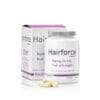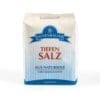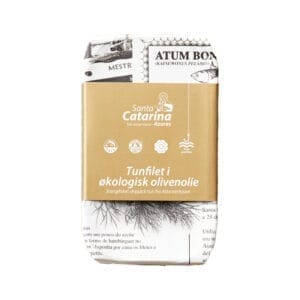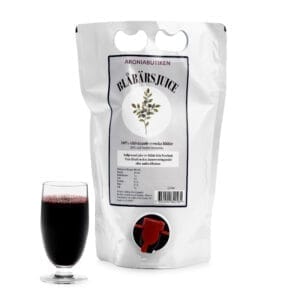- ×
 Aronia vinegar Aroniada 500 ml organic 1 × 87.00 kr
Aronia vinegar Aroniada 500 ml organic 1 × 87.00 kr - ×
 White Pepper Whole - Mother Earth EKO 250g 1 × 159.00 kr
White Pepper Whole - Mother Earth EKO 250g 1 × 159.00 kr - ×
 Aronia juice Aroniada 750ml organic x 6 1 × 759.00 kr
Aronia juice Aroniada 750ml organic x 6 1 × 759.00 kr
Soap with deep sea salt – Luisenhaller
69.00 kr
Mild soap with salt from underground 250 million year old sea. For the whole body. From Göttingen, Germany.
In stock
Soap with deep sea salt – Luisenhaller
Hard soap with valuable minerals and trace elements from Luisenhaller deep sea salt.
In addition to Luisenhaller’s amazing salt, it contains vegetable oils and natural aromatics.
Universal soap for hands, body and shower. Unscented, very mild, can also be used for face and hair shampoo.
Great for those with sensitive skin! We at Aroniabutiken really love this soap, recommended!
Made in Germany. The salt comes from a pristine underground sea. It is therefore completely uncontaminated, no environmental toxins have reached it.
Ingredients:
Sodium Olivate, Sodium Cocoate, Sodium Stearate, Aqua, Glycerin, Sodium Chloride, Tetrasodium Glutamate Diacetate.
Luisenhaller is the only boiler salt works still in operation in Europe, producing in a whole year about as much as the big producers do before breakfast break in a day. But the products are not really comparable. Luisenhaller’s salt is extracted as a 27% solution from 250 million-year-old sea salt deposits at a depth of 450 meters. The brine is pumped up and heated in large, shallow pans until the salt crystallizes and can be skimmed off. It’s a process that is at least a thousand years old. And apart from the original use of hydroelectric power, which was later replaced by electricity, not much has changed at Luisenhaller. It’s one of the very few places where you can see how salt was made in the past. The production plant with its massive oak building and technical equipment from the 19th century is a monument that can be visited by arrangement with the tourist office in Göttingen!
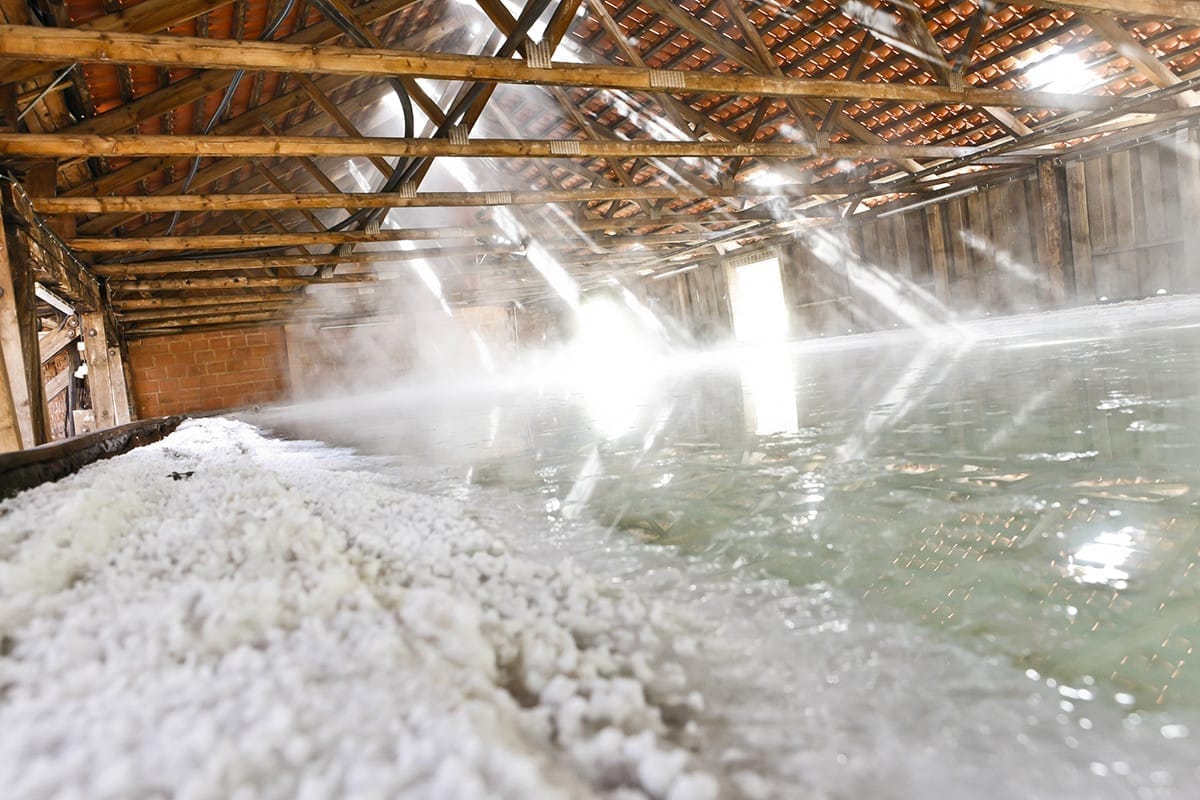
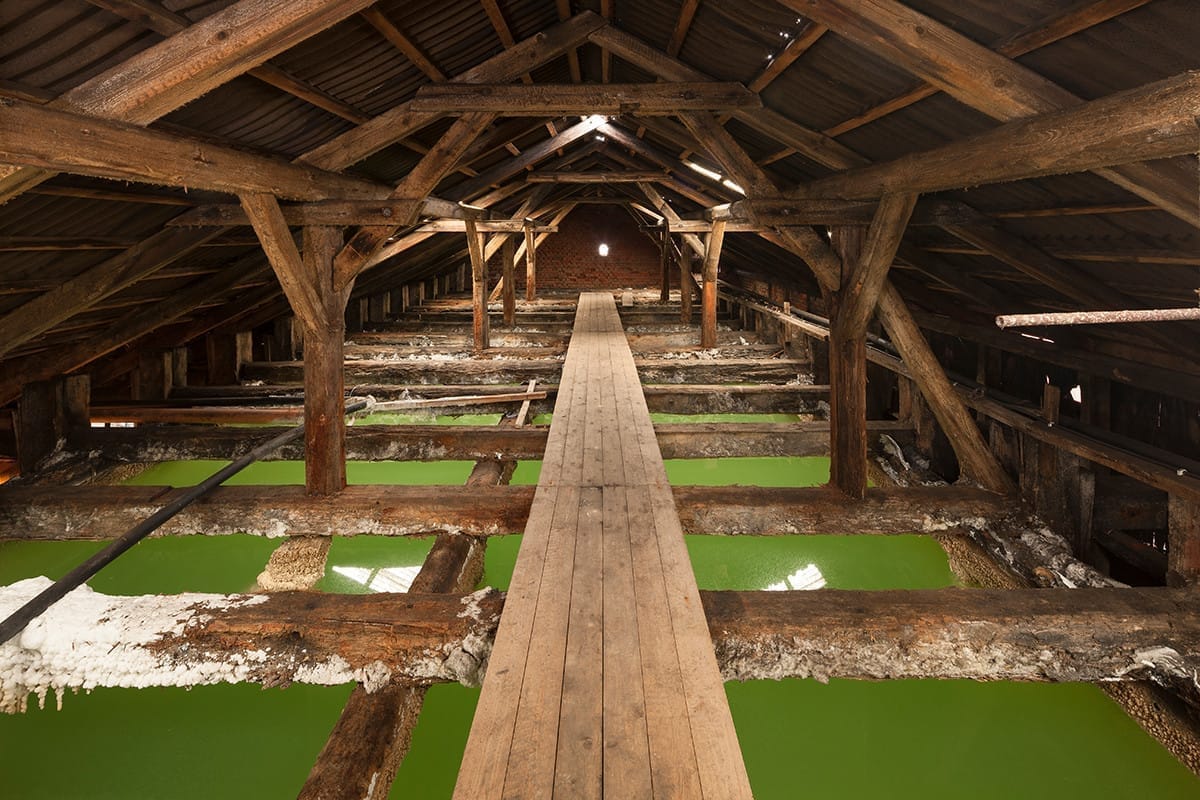
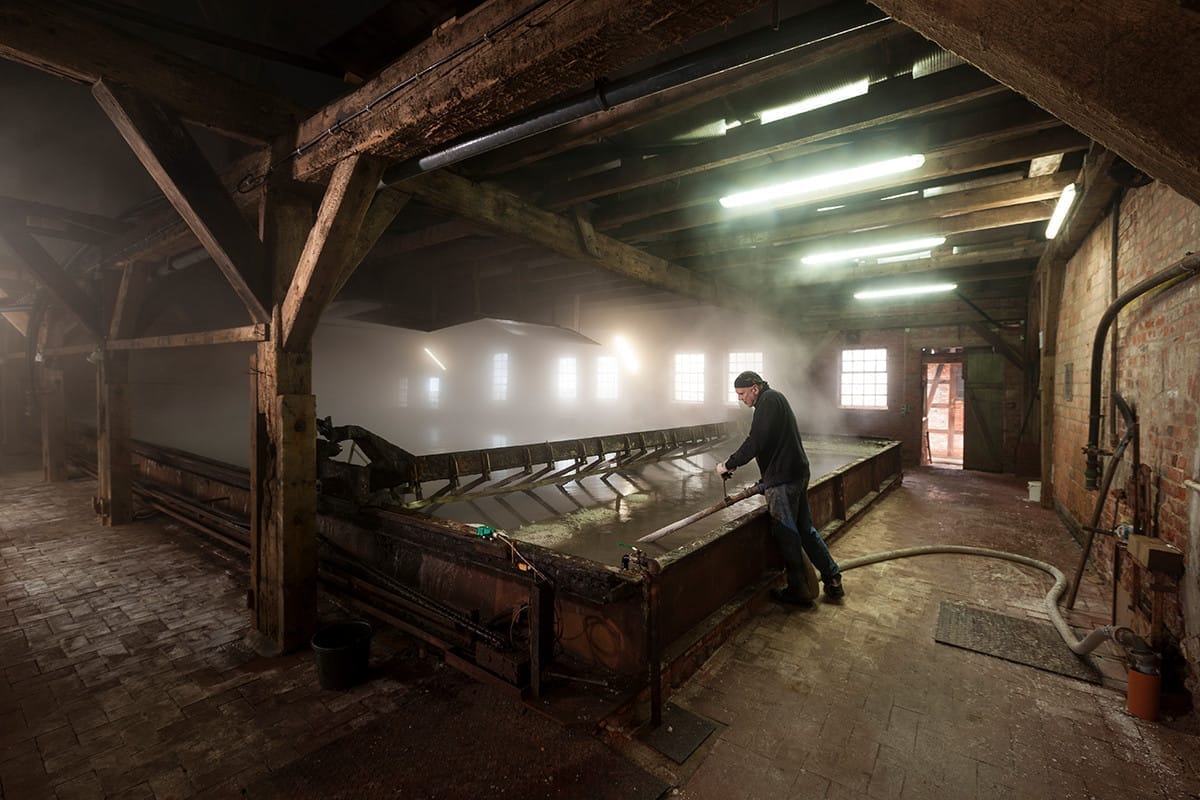
Who was Luise?
There was a time when companies didn’t use globally protected gossipy words or cryptic acronyms invented by well-paid design agencies as their names. Instead, they simply bore the name of the owner’s mother.
In the case of Luisenhaller, the name of the mother of the brothers Louis and Theodor Laporte, who bought the salt works as second owners in 1863. Unfortunately, this did not bring them any luck. Neither did the geologist Philipp Rohns, who founded the saltworks in 1850, and several other owners who came after them, all of whom tried in vain to make the saltworks a commercial success. The first to succeed was Hermann Bartold Levin, the son of a Göttingen cloth manufacturer, who took over the salt works in 1881 and, as the forerunner of all subsequent generations, made the business flourish. Luisenhaller was then successfully continued by his sons and grandsons and has remained an independent family business to this day, with Jörg Bethmann in charge since 1994.
See pictures below from the history of Luisenhaller.
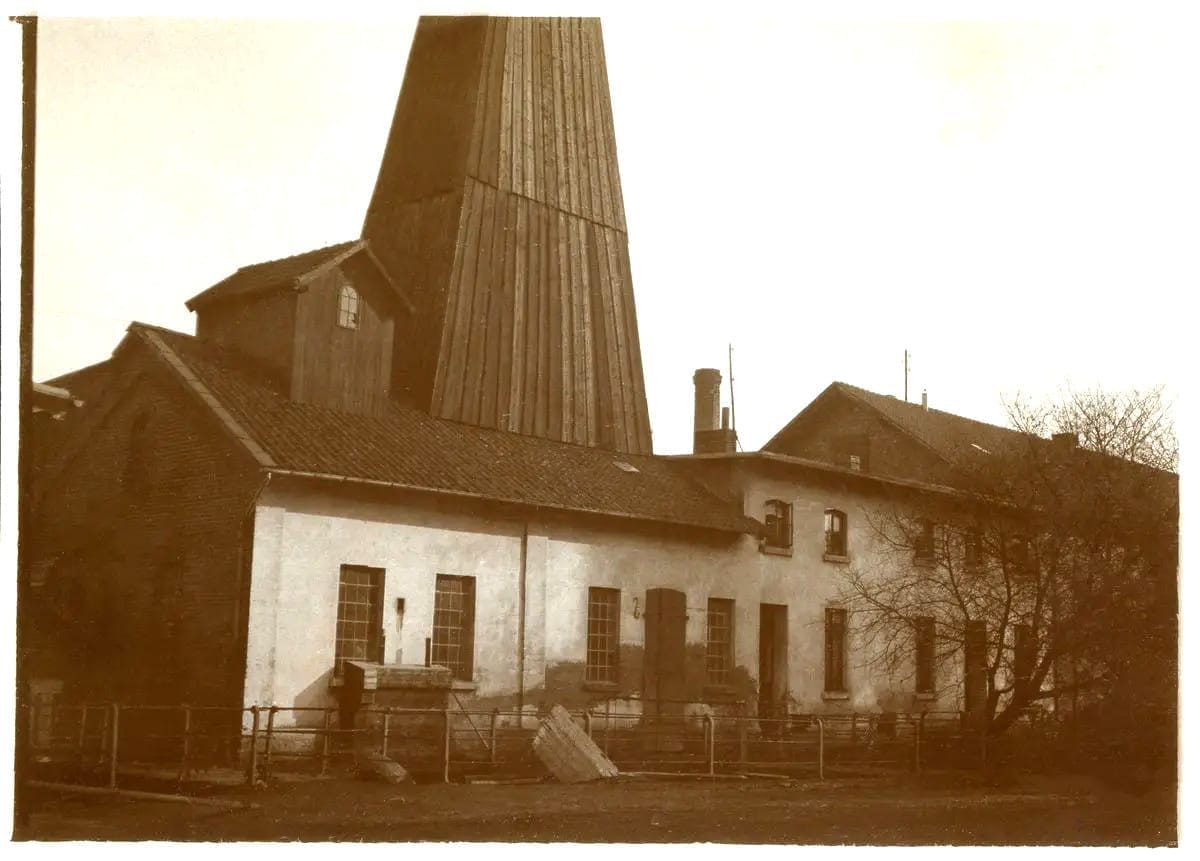
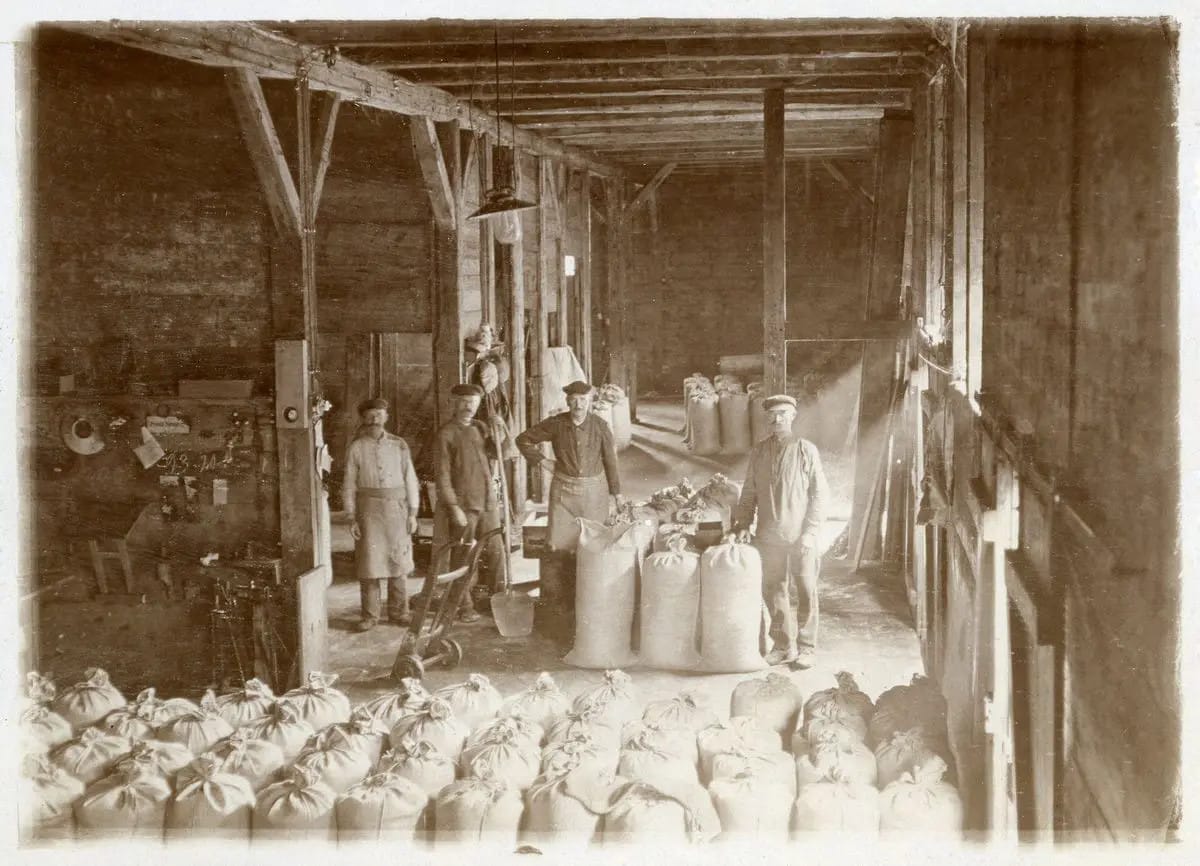
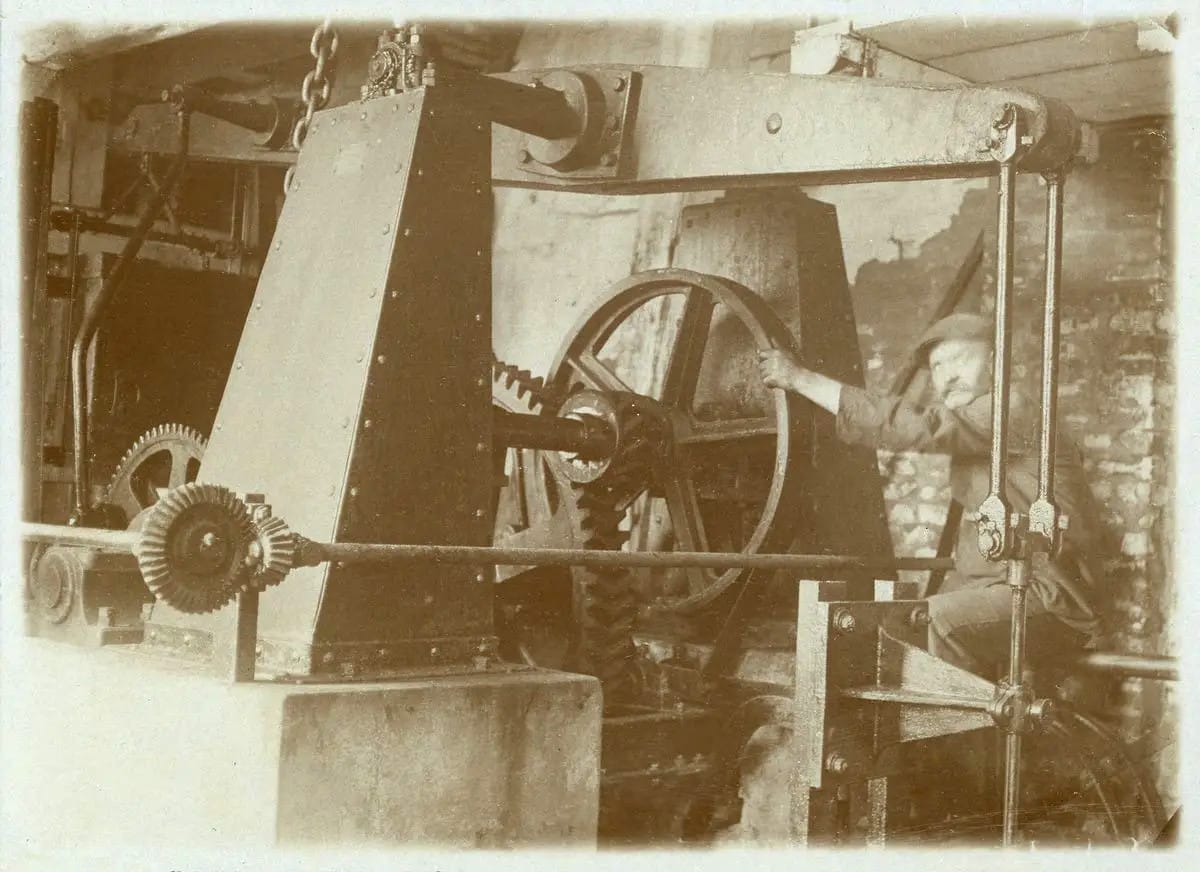
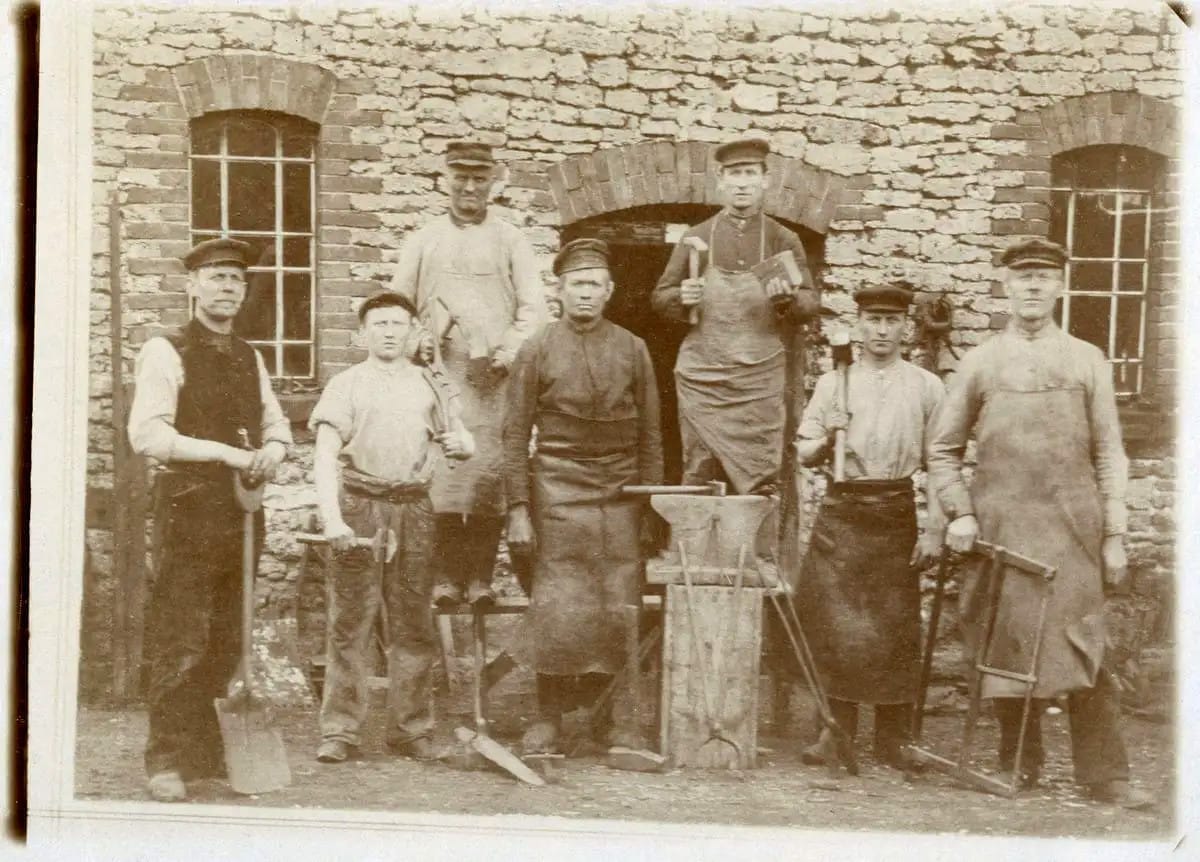
| Luisenhaller salt composition. | |
| Analysis by Institut Fresenius. | |
| Sampling number 230991362. | |
| Substance | mg/l |
| Total amount of dissolved minerals | 320140 |
| Cations | |
| Sodium | 123000 |
| Magnesium | 522 |
| Calcium | 1700 |
| Potassium | 438 |
| Ammonium | 11 |
| Lithium | 1,9 |
| Barium | <0,050 |
| Strontium | 36,6 |
| Manganese | 0,66 |
| Iron | 0,78 |
| Iron (bivalent) | 1,1 |
| Anions | |
| Chloride | 191000 |
| Fluoride | <0,02 |
| Bromide | 74 |
| Iodine | 0,37 |
| Nitrite | <0,005 |
| Nitrate | <1,0 |
| Sulphate | 3300 |
| Hydrogen carbonate | 1 |
| Carbonate | <3 |
| Non-dissolved substances | |
| Silicic acid | 5,28 |
| Boric acid | 15,8 |
| Trace elements | |
| Aluminum | <0,005 |
| Antimony | <0,005 |
| Arsenic | <0,001 |
| Beryllium | <0,0005 |
| Lead | 0,003 |
| Boron | 3,9 |
| cadmium | <0,0002 |
| Cesium | 0,03 |
| Chromium | <0,002 |
| Cobalt | <0,001 |
| Copper | <0,005 |
| Molybdenum | <0,005 |
| nickel | <0,005 |
| Mercury | <0,0001 |
| Rubidium | 0,55 |
| Selenium | <0,025 |
| silver | <0,0005 |
| Silica | 1,9 |
| Sulphide | <0,005 |
| Zinc | 0,071 |
| Tenn | <0,001 |
Leave your review
Rating
Publish review
Related products
All products
0 - 0 reviews
205.00 krSwedish-produced 100% aronia juice, without preservatives. Not diluted or sweetened.
0 - 0 reviews
67.00 krArtisanal canned fish with the finest tuna.
All products
0 - 0 reviews
10.00 krNourishing and stimulating night cream. Sample pack.
All products
0 - 0 reviews
119.00 krNourishing shampoo with natural oils and tropical fragrance.
All products
0 - 0 reviews
498.00 krLiquid live probiotics, 2 liters in box.
All products
0 - 0 reviews
129.00 krHigh quality ashwagandha concentrate. 300mg/capsule.
All products
0 - 0 reviews
209.00 kr100% blueberry juice from Norrland. Without additives.
All products
0 - 0 reviews
219.00 krAcid-neutral vitamin C with sodium ascorbate and camu camu, among others.

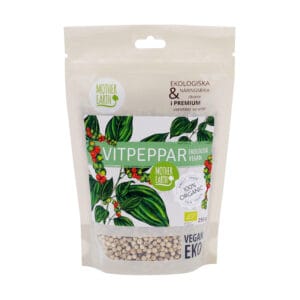 White Pepper Whole - Mother Earth EKO 250g
White Pepper Whole - Mother Earth EKO 250g  Aronia juice Aroniada 750ml organic x 6
Aronia juice Aroniada 750ml organic x 6 
